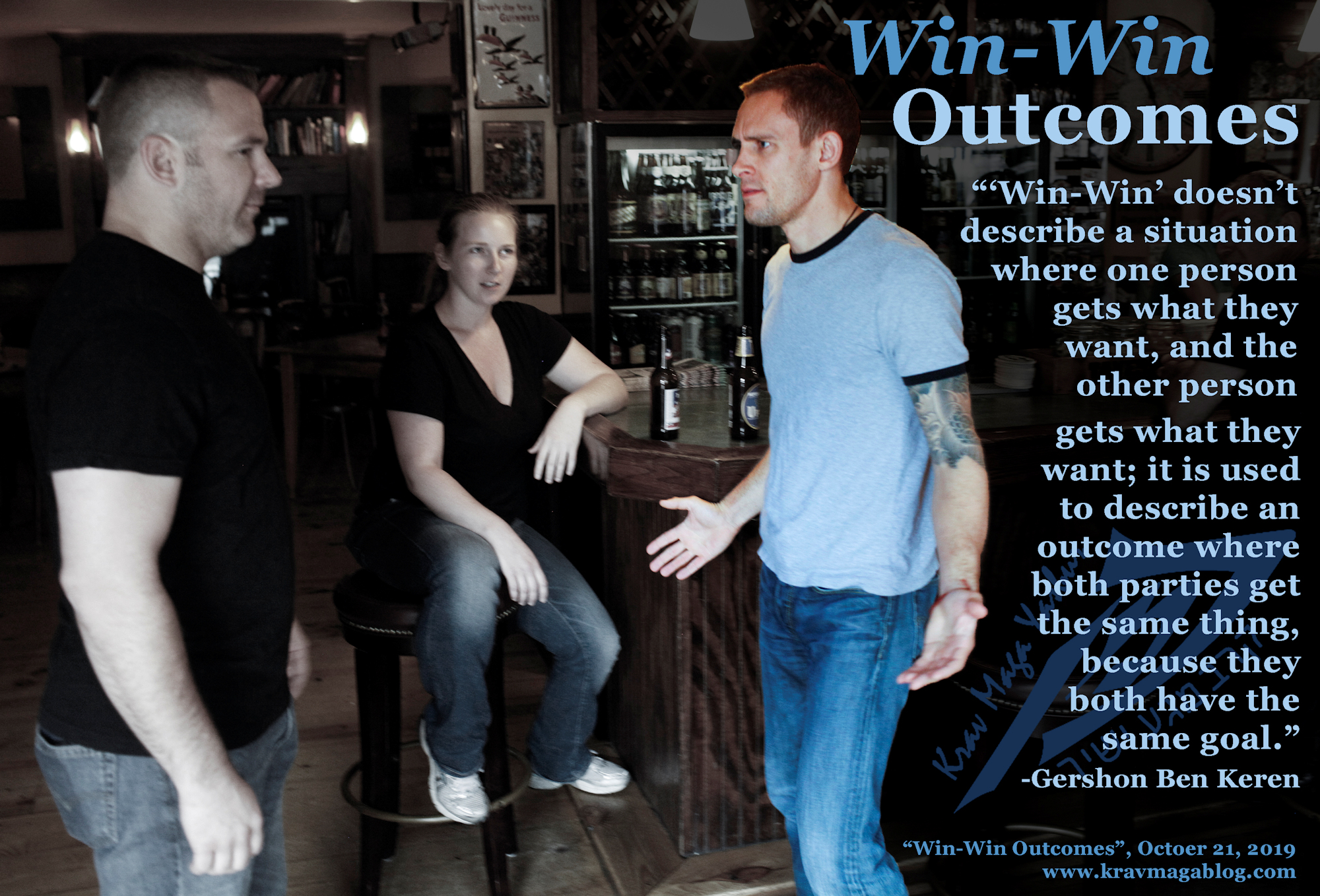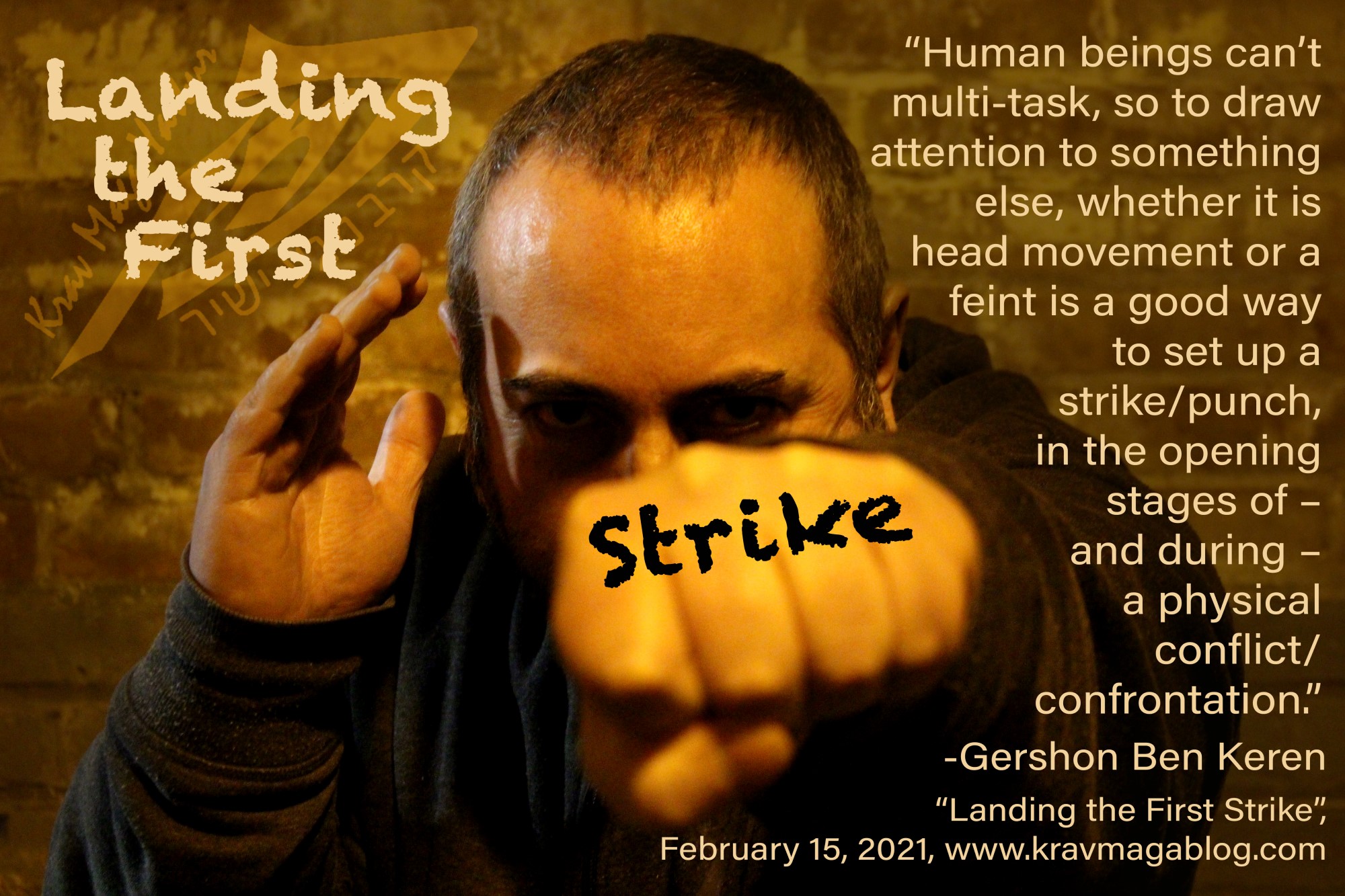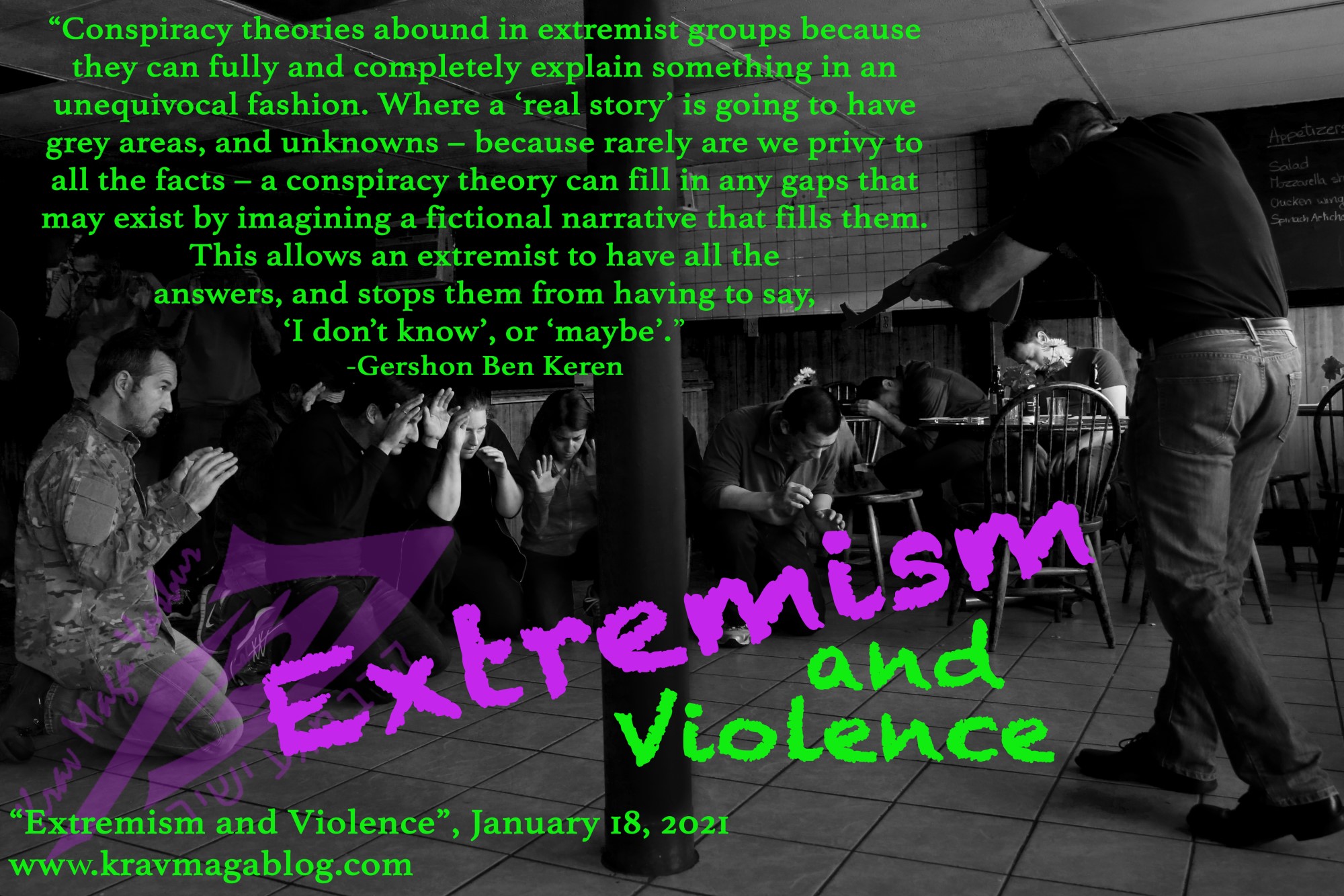Terrorist Attacks, Workplace Violence & Evacuation Strategies, is an article written by Gershon Ben Keren, a 5th Degree Black Belt in Krav Maga, who teaches Krav Maga in Boston, MA. He has also authored three Amazon best-Selling Books on Krav Maga.
I was asked a question at a book signing last night, “Could anybody in the Charlie Hebdo Offices have done anything against the terrorists, who went on a rampage shooting?” For those who are unaware, Islamic Extremists, murdered 12 workers at the satirical publications office in Paris, in “revenge” for publishing unflattering depictions of the prophet Muhammad. Without turning this blog into an article on terrorism and Islamic extremism, I would urge a note of caution to those people who suggest that if the news agencies and magazines etc. would stop publishing articles that extremists find offensive, such attacks would stop; ISIL/ISIS in the middle east, has been killing innocents who have done nothing overtly offensive towards them, other than existing e.g. they tried to wipe out the Yazidi community, simply because they were offensive to their world view, rather than because of anything they had actually done. You don’t have to do anything to enrage Islamic Extremists, and put yourself at risk, you just have to be a member of a group whose existence they deem as unacceptable i.e. non Islamic Extremists. Neville Chamberlain, declared that he had secured “peace in our time”, when he negotiated and gave in to Hitler’s demands, yet he was dealing with an individual who had a particular world view that he was working to, and such acquiescence was seen as capitulation and weakness – and at the end of the day irrelevant to the goals that Hitler was working to. Not publishing cartoons and articles that extremists will take offense at, will not stop them from being extremists, or from targeting other groups of innocents whose existence they take offense at.
The first thing to note about acts of terrorism, is that they are almost impossible to exactly predict. A worker going into the Charlie Hebdo offices that day, had no ability to predict that, a terrorist attack would occur that day, just as anyone going to work in the twin towers on 9/11, was able to predict that two planes would crash into their workplace. Violence that is directed towards groups, rather than individuals, is largely unpredictable – the only people who might have any knowledge concerning the timing of such an attack are the security forces, and in most cases they have a rough idea of the time period rather than any exact information.
In November 2011 the offices at Charlie Hebdo were firebombed, the day after it named the Prophet Muhammad its editor-in-chief, in a satirical gesture. The attack was fairly unsophisticated – a single Molotov Cocktail/petrol bomb, that was thrown through the window – though extremely destructive. This may have well convinced those who worked on the paper that their greatest threat was from disgruntled individuals working alone, rather than from actual terrorist groups. No one was hurt in the incident, and this may have given people the impression that such an attack represented the worst that could have happened to them, rather than imagining something more serious. At the very least it should have identified to those working there that they had appeared on somebody or some group’s radar. It is human nature to move on and forget rather than dwell on what might have happened. It is easy to quickly discount and dismiss the out of the ordinary events and occurrences in our own lives, such as the garage door that has obviously been tried, the strange interaction with somebody who called at our house etc. without recognizing that our house is being targeted for a burglary – maybe not in the next few weeks, but somebody has identified it as a potential target (and if one person has, others may have done so as well).
You increase your survival options drastically if you accept that you are at risk in your workplace. The 9/11 inquiry demonstrated that those individuals who had practiced evacuating their offices in the event of a fire i.e. had practiced fire drills, were more likely to have left their desks, and started making their way to the ground, than those who had yet to take part in such a drill. Knowing when and how to evacuate the building you work in, regardless of the nature of the threat you face, will mean that you will be more decisive, act quicker, and stand a better chance of getting out of a dangerous environment than if you’ve never practiced or worked through such an evacuation. Whatever environment you are in, whether it is your workplace, a shopping mall, or transit station you frequent, understand the different routes you could take to exit it. Try and have multiple routes available to you. Disengagement at the first opportunity may be what saves you; accepting that your workplace can be an “at risk” environment (even if it has no history of fire, terrorism and violence etc.) is a positive step to take. It is better to trust in evacuation than firepower, as the guy with the bigger gun usually wins – dealing with offensive automatic firepower from a long barreled weapon, whilst using a handgun defensively, does not put you at good odds; knowing how to take cover, hide your exit route and escape, is much more likely to be a successful option.
Are you at risk in your workplace? Yes. It may be more likely from fire rather than from a terrorist attack, or a disgruntled worker who has “gone postal”, but the risk remains. Disengagement rather than engagement is a far better strategy to take, and is a solution to more than just one type of threat/danger. Were such options available to the workers in the Charlie Hebdo offices in Paris, that I don’t know (and in truth under high stress and duress would anybody be expected to follow such a course of action? Probably not) however one thing we can do in our own environments is to plan methods and ways to exit our buildings, so in the event of an assault or similar we have a plan to get out.
0 COMMENTS














